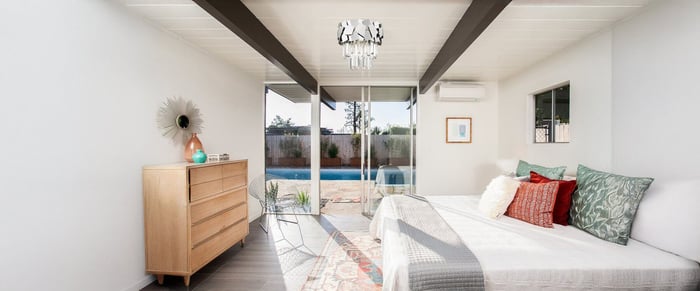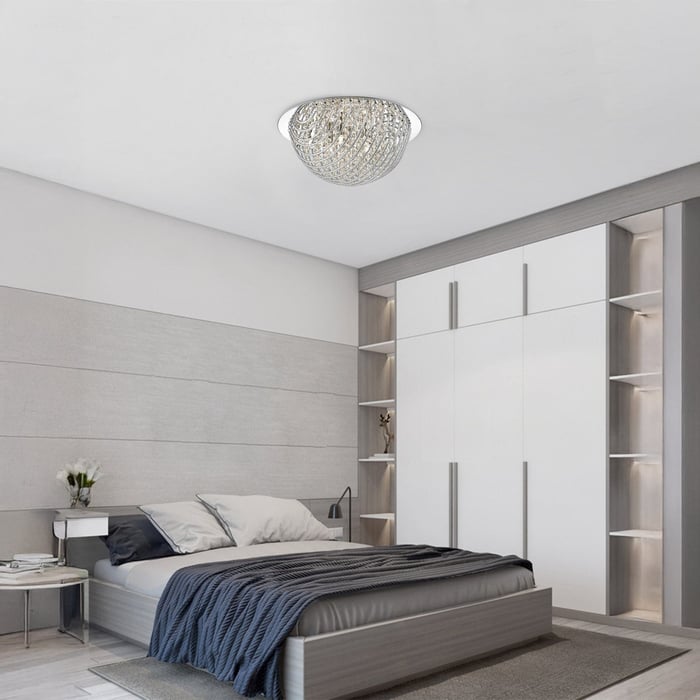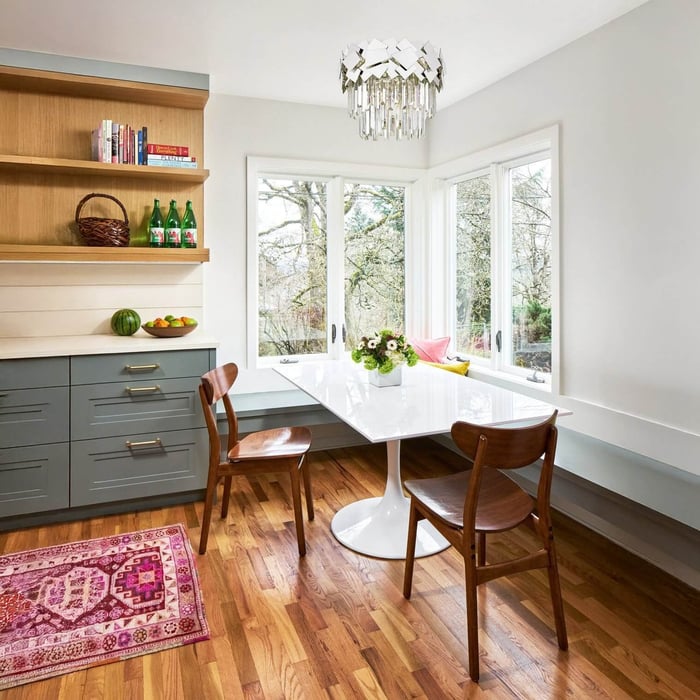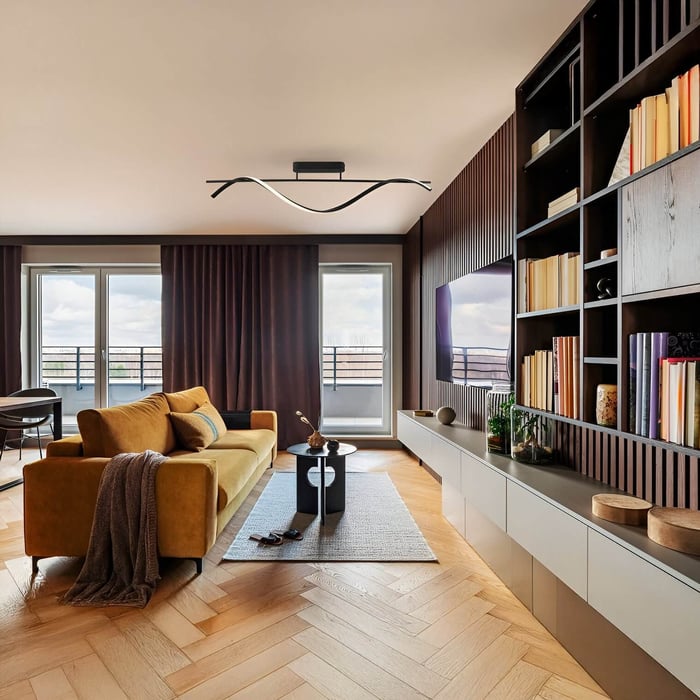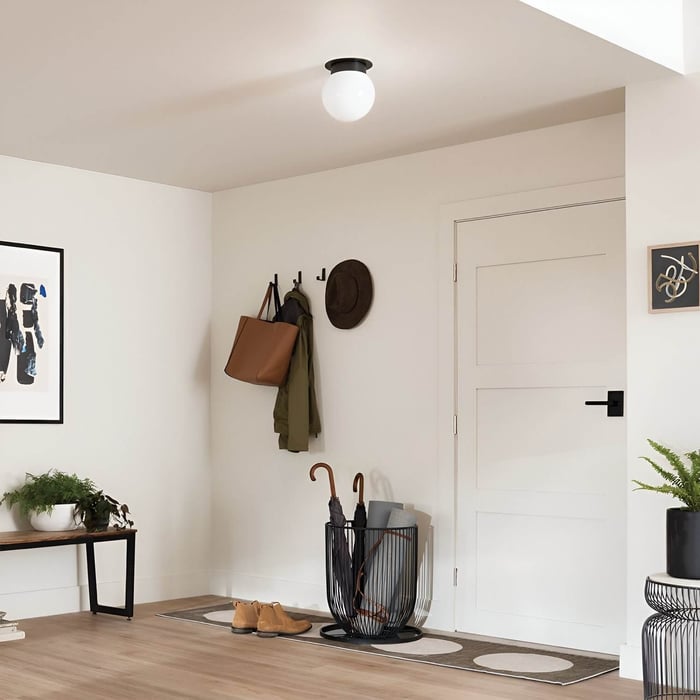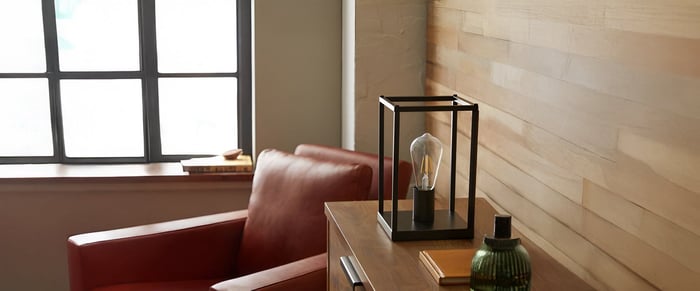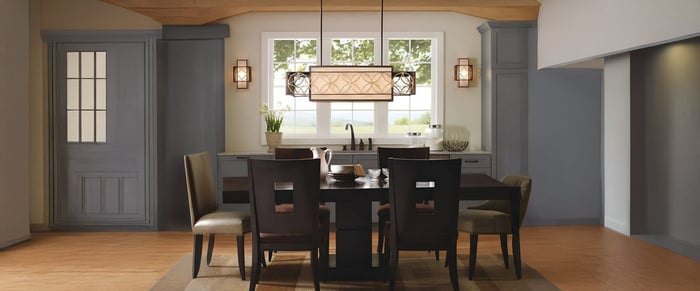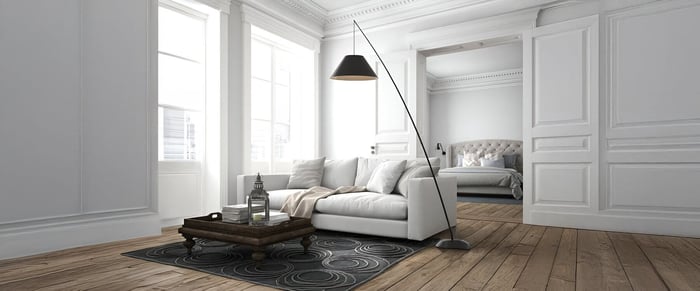Table of Contents
Introduction
The right ceiling lights can completely transform a home. More than just functional fixtures, they set the mood, influence comfort, and help define how each room feels and works. Bedrooms need warm, restful illumination. Kitchens demand practical yet stylish lighting for cooking and gathering. Dining rooms benefit from statement pieces that create an inviting atmosphere, while living rooms thrive with flexible layers that adapt to entertainment, reading, or relaxation.
Choosing the perfect fixture means more than selecting a shape you like. It’s about balancing size, finish, and placement while blending with other lighting sources. This guide explains how to choose and style ceiling lighting for bedrooms, dining areas, kitchens, and living rooms, giving you the tools to create both beauty and functionality in your home.
Bedroom Ceiling Lights for Comfort and Relaxation
Bedrooms require soft, calming light to support relaxation and restful sleep. While overhead lighting can sometimes feel harsh, the right ceiling lights paired with layered Bedroom Lights create a serene retreat.
Best Fixture Types
Flush mounts: Ideal for rooms with lower ceilings; they offer wide, even illumination without taking up vertical space.
Semi-flush mounts: Drop slightly below the ceiling to add interest and dimension while remaining practical.
Soft-diffused fixtures: Drum shades, frosted glass, or fabric-covered designs spread gentle light, perfect for creating a tranquil atmosphere.
Placement & Layering Tips
Pair central fixtures with Bedroom Lights such as bedside lamps or adjustable wall sconces. This allows you to switch between bright overall lighting and cozy night-time reading light.
Use warm white bulbs (2700K–3000K) to encourage relaxation and better sleep quality.
Consider adding a dimmer switch to your ceiling fixture so you can adjust the brightness from vibrant mornings to soft evenings.
A well-planned bedroom lighting scheme combines comfort with versatility. The ceiling fixture creates the foundation, while bedside lamps or sconces add intimacy and control.
Dining Room Ceiling Lights for Ambience and Entertaining
Dining spaces are where lighting can truly define the experience. A thoughtfully chosen chandelier or pendant cluster acts as both a design statement and a practical light source for meals and social gatherings.
Best Fixture Types
Chandeliers: Traditional or modern, these fixtures remain iconic Dining Room Lights. Crystal options bring glamour, while sleek metal or wood designs work for contemporary spaces.
Pendant clusters: Ideal for long dining tables or open-plan homes, creating a tailored, modern look.
Semi-flush fixtures: Perfect for rooms with limited ceiling height while still offering elegance.
Placement & Sizing Rules
Hang your fixture so the bottom sits 30–36 inches above the table. This height maintains good visibility and flattering illumination.
Size matters: Add your room’s length and width in feet, then convert to inches for fixture diameter. For example, a 12x14 ft dining room looks balanced with a light around 26 inches wide.
Install a dimmer to adjust light levels, bright for lively family dinners, soft for romantic evenings or entertaining guests.
The right dining room ceiling fixture anchors the table, sets the mood, and creates a sense of occasion for every meal.
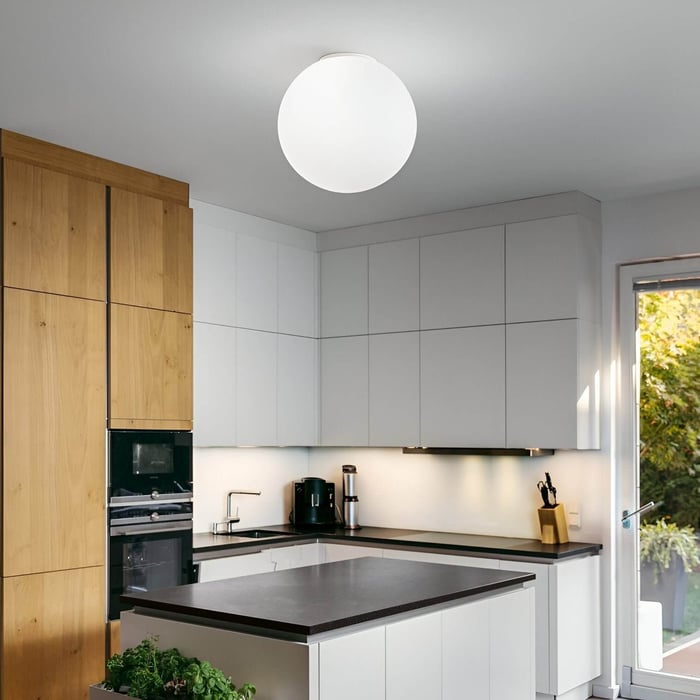
Kitchen Ceiling Lights for Task and Style
Kitchens need strong, functional light for cooking and prep, but they can still look beautiful. A mix of ceiling lights and layered Kitchen Lights helps strike the perfect balance between practicality and style.
Best Fixture Types
Recessed lighting: Even, shadow-free general illumination for tasks like cooking and cleaning.
Flush or semi-flush mounts: Great for compact kitchens or areas where pendant height is limited.
Compact decorative fixtures: Add charm over breakfast nooks or smaller prep spaces.
Placement & Layering Tips
Keep 30–36 inches between counters and the bottom of overhead fixtures for safe, unobstructed sightlines.
Over long islands, consider two or more medium fixtures rather than one oversized piece for even light distribution.
Pair decorative ceiling fixtures with task lighting, such as under-cabinet LEDs or pendant lights, to maintain safe, functional workspaces while adding design flair.
Thoughtfully layered Kitchen Lights create a space that works hard yet feels welcoming, essential in homes where the kitchen doubles as a social hub.
Living Room Ceiling Lights for Impact and Zoning
Living rooms benefit from flexible, layered lighting that adapts to various activities. Central ceiling lights create a strong visual anchor, while other Living Room Lights like floor and table lamps add warmth and focus.
Best Fixture Types
Statement chandeliers: Ideal for vaulted ceilings or large living rooms, acting as both illumination and art.
Large semi-flush fixtures: Great for medium spaces where you want presence without overwhelming the ceiling height.
Modern LED panels: Sleek, energy-efficient options that deliver even light with a contemporary feel.
Placement & Zoning Strategies
To size correctly, add the room’s length and width in feet, then convert that total to inches for diameter. A 15x18 ft living room suits a 33-inch-wide fixture.
Maintain at least seven feet of clearance under the fixture in walkways and seating zones.
For very large or open layouts, use two medium fixtures instead of one oversized piece to spread light evenly and define different areas.
Layering with Living Room Lights - floor lamps near reading chairs, sconces highlighting artwork, or table lamps by sofas - makes the room feel warm, adaptable, and visually balanced.
Universal Tips for Choosing Ceiling Lights
While each room has unique requirements, some rules work anywhere:
Coordinate finishes: Align with hardware like door handles, cabinet pulls, or faucets for visual cohesion.
Layer your lighting: Combine ceiling fixtures with wall, floor, and table lights to achieve ambient, task, and accent layers.
Use dimmers: Adjustable brightness helps adapt spaces from bright day use to cozy evenings.
Follow proportion rules: Avoid oversized lights in small rooms; use the length + width formula to size correctly.
Blend trends with timelessness: Choose finishes and shapes that feel fresh but won’t date quickly.
Account for ceiling height: Semi-flush or flush fixtures suit lower ceilings, while vaulted spaces can handle dramatic designs.
These universal guidelines ensure your lighting feels intentional, cohesive, and practical across the entire home.
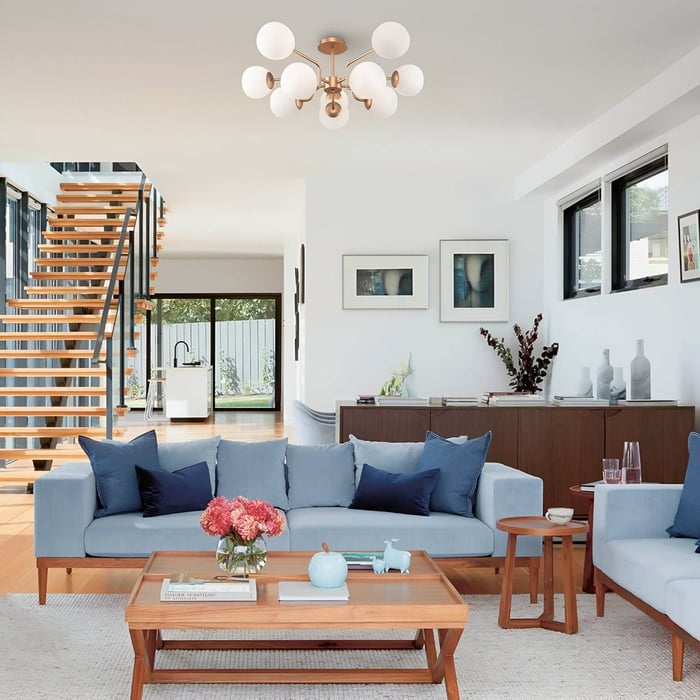
Conclusion
Ceiling lights are the backbone of a well-designed home. They provide the essential brightness every space needs while setting mood and style. Bedrooms benefit from soft, layered lighting; dining rooms thrive on statement fixtures and adjustable ambiance; kitchens need functional yet beautiful illumination; and living rooms shine with adaptable layers that fit every activity.
By using correct sizing formulas, thoughtful placement, and blending with Bedroom Lights, Dining Room Lights, Kitchen Lights, and Living Room Lights, you can design lighting that transforms each space. A carefully chosen ceiling fixture doesn’t just brighten a room - it elevates its entire atmosphere, making your home feel warm, inviting, and perfectly balanced.
FAQs
How do I size ceiling lights for my room?
Add your room’s length and width in feet, then convert the total to inches to determine the ideal fixture diameter.
Can ceiling lights be layered with Bedroom Lights?
Yes. Use a ceiling fixture for general illumination and pair it with bedside lamps or wall sconces for flexibility and comfort.
What is the ideal height for dining room ceiling lights?
Hang the fixture so the bottom sits 30–36 inches above the dining table for balanced light and unobstructed views.
Are ceiling lights enough for a kitchen?
Not always. Combine them with under-cabinet LEDs and task lights to ensure safe food preparation and functional workspaces.
How can I create cozy living room lighting?
Use a statement ceiling fixture for ambient light, then add floor lamps, sconces, and table lamps to create layers and adjust mood.
